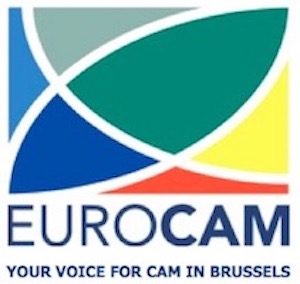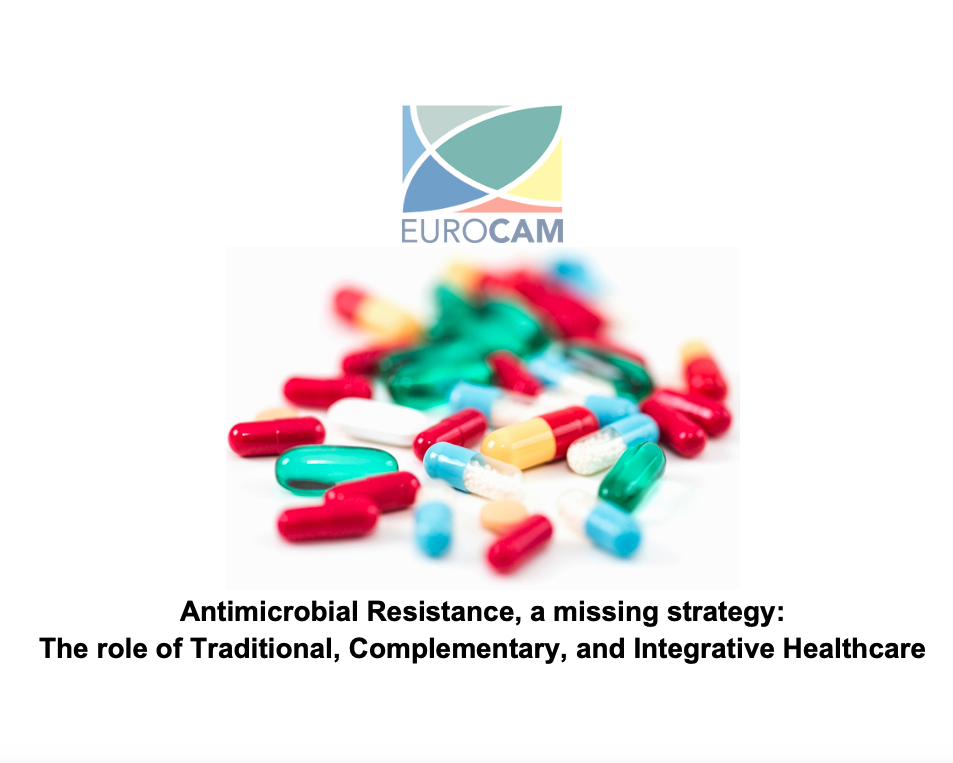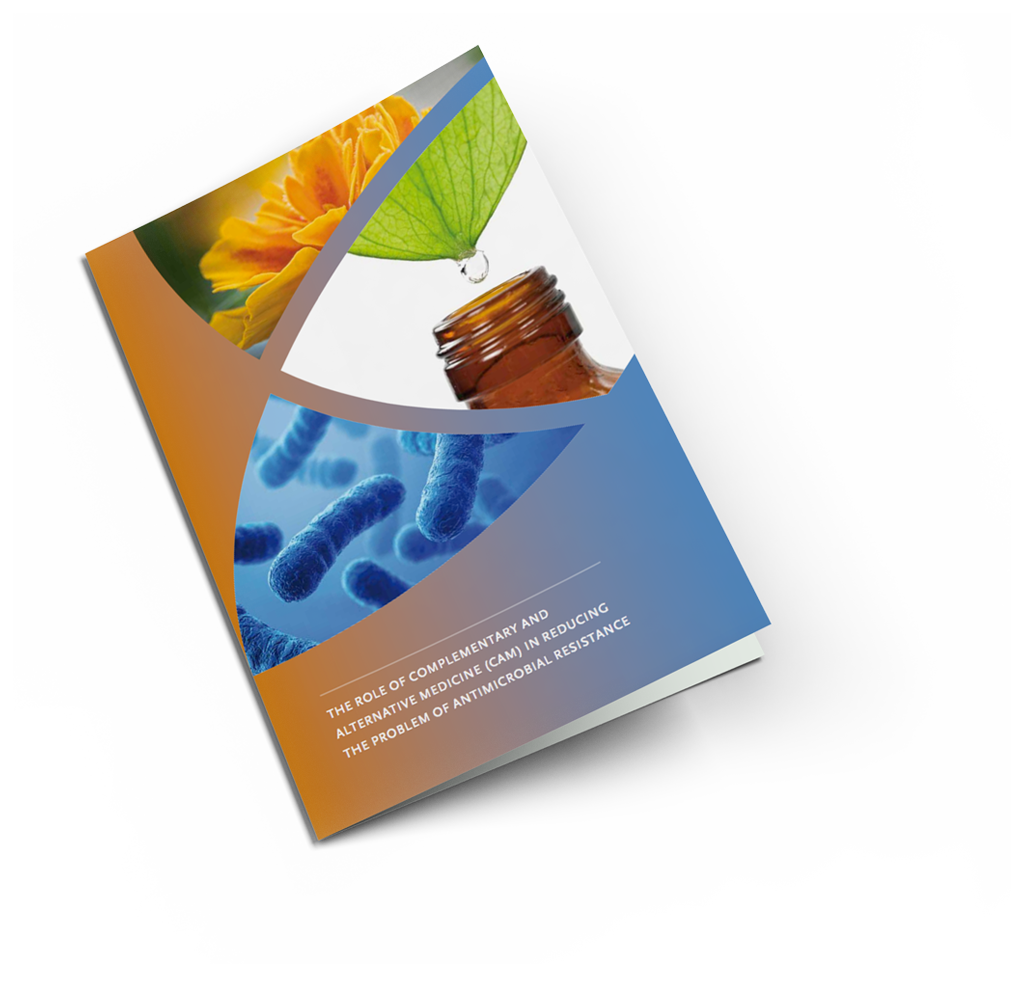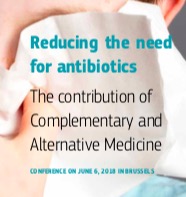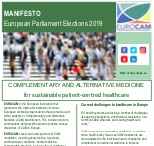Antimicrobial Resistance The role of Complementary and Alternative Medicine in reducing the problem of AMR
EUROCAM's policy document 'The role of Complementary and Alternative Medicine (CAM) in reducing the problem of antimicrobial resistance' describes the CAM perspective on infectious disease and the role herbal, homeopathic and anthroposophic medicine and their associated medicinal products can play to reduce the problem of antimicrobial resistance both in humans and animals.
AntiMicrobial Resistance a worldwide threat
Each year, 33.000 people die from an infection due to bacteria resistant to antibiotics. The burden of infections is comparable to that of influenza, tuberculosis and HIV/AIDS combined (source: ECDC).
Infectious illness is the result of two factors: the susceptibility of the patient and the presence-exposure to infectious agents. The susceptibility of the patient is an aspect that receives little attention but, in relation to AMR, has a vast potential to improve matters.
The WHO and EU recognise antimicrobial resistance (AMR) as a significant worldwide threat to public health. They have warned that if measures are not taken immediately to counter AMR, the implications for human health will be devastating.
The current treatment of infections is focused on killing germs because they are perceived as the cause of the infection. However, the body becomes susceptible to infectious agents only if the internal balance – or homeostasis – is disturbed. After all, there are billions of microbes and bacteria inhabiting our gut, our blood, in fact, our whole system, most of which are essential to good health. Pathological bacteria, fungi, and viruses take root as a disease when the terrain is weakened and susceptible. This phenomenon explains why when a bacterial or viral agent is "doing the rounds," some people become sick while others remain healthy.
‘Improving patient resilience to reduce the need to rely on anti-infection treatment: the role of Integrative Medicine’
EUROCAM has released a statement on AMR for the European AntiMicrobial Awareness Day 2021. This document ‘Improving patient resilience to reduce the need to rely on anti-infection treatment: the role of Integrative Medicine’ is about that infectious illness is the result of two factors: the susceptibility of the patient and the presence-exposure to infectious agents. The susceptibility of the patient is an aspect that receives little research attention but in relation to AMR has a vast potential to improve matters.
'The role of Complementary and Alternative Medicine (CAM) in reducing the problem of antimicrobial resistance'
EUROCAM's policy document 'The role of Complementary and Alternative Medicine (CAM) in reducing the problem of antimicrobial resistance' describes the CAM perspective on infectious disease and the role herbal, homeopathic and anthroposophic medicine and their associated medicinal products can play to reduce the problem of antimicrobial resistance both in humans and animals.
The potential of Traditional, Complementary, and Integrative Healthcare (TCIH)
TCIH therapies, by their individualised holistic approach and focus on assisting each person's innate self-healing and health-maintaining capacity can make a significant contribution to reducing AMR, both in the healthcare sector and in animal husbandry.
EUROCAM calls for the potential of TCIH in reducing the problem of AMR to be given serious consideration and for further research to be carried out in this area to determine in which conditions, both in human and veterinary healthcare, specific TCIH modalities are particularly effective. Compared with other avenues, such as the identification and development of new antibiotics, such trials would be relatively easy and inexpensive to carry out. In return for this small investment, the potential rewards could be enormous.
CAM-AMR Conference
The Contribution of Complementary and Alternative Medicine to Reduce Antibiotic Use: A Narrative Review of Health Concepts, Prevention, and Treatment Strategies.
